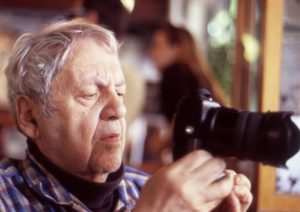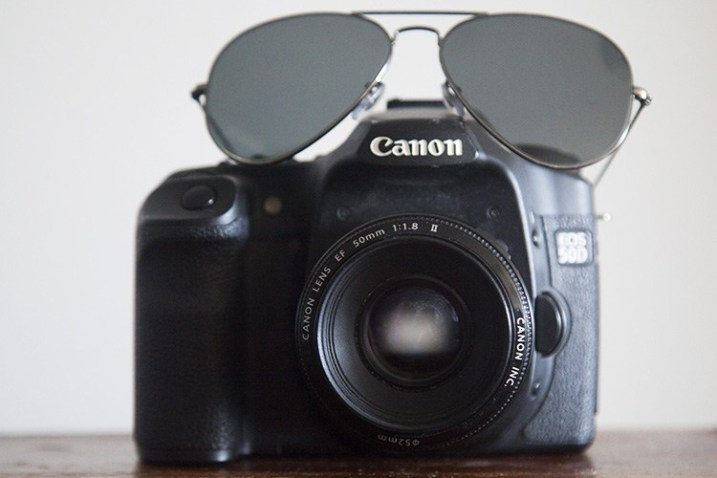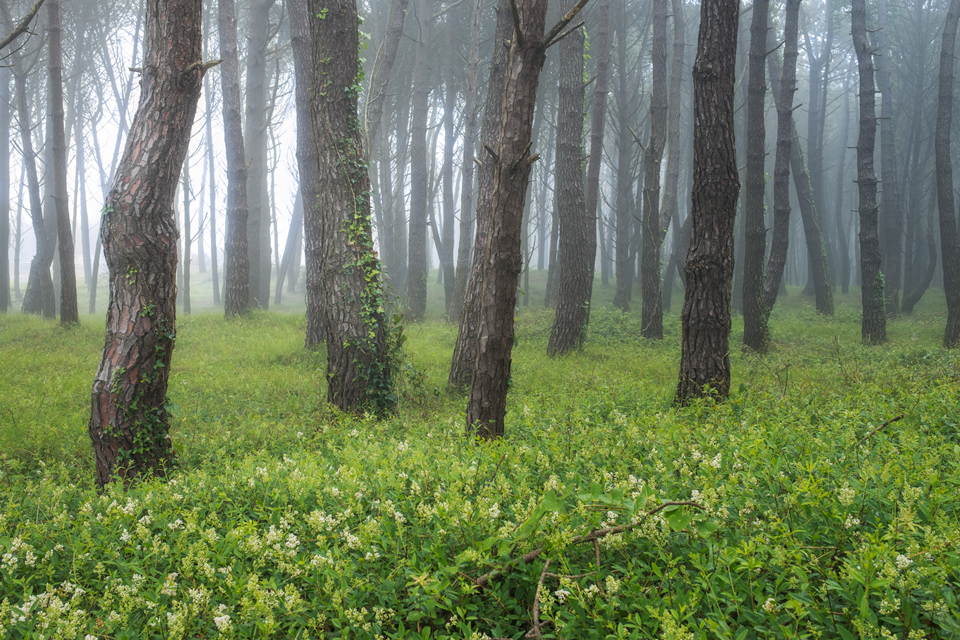SAL LEUTER: THE FIRST PHOTOGRAPH OF COLOR STREET PHOTOS, A GREAT DIFFERENCY
 Not receiving support from the family Saul Leiter (Saul Leiter) put a lot of effort to develop their creative potential. Glory to the photographer came unexpectedly when he was over 70 years old. However, he never sought her out. Sol enjoyed the process. Today, his work, made in the genre of street photography, are recognizable throughout the world.
Not receiving support from the family Saul Leiter (Saul Leiter) put a lot of effort to develop their creative potential. Glory to the photographer came unexpectedly when he was over 70 years old. However, he never sought her out. Sol enjoyed the process. Today, his work, made in the genre of street photography, are recognizable throughout the world.
The future master of photography was born in the Pittsburgh maternity hospital on December 3, 1923. Sol’s parents belonged to Orthodox Jews. Nobody wanted to develop outstanding creative abilities of the boy. Father saw future rabbis in his three sons. Sol started learning the basics of theology at the age of 12, and after a while he entered a theological school located in Cleveland.
Along with the study of theology, the boy began to show interest in painting. Saul decided to try his hand and bought tubes of paint, which caused his first serious conflict with his father. The lack of understanding of the parents did not stop the young man who was carried away by the creativity of Picasso, Vuillard and Bonnard. He painted on his own, improving his skills with each new work. Over time, Sol began to exhibit his canvases at small exhibitions, and closer to 1945 they appeared in the Pittsburgh gallery, which was the cause of constant conflicts with relatives. Works quite successfully sold.
Mom, who did not share the interests of her son, nevertheless decided that the young man would be able to combine the work of a rabbi and painting. Guided by these thoughts, secretly from her relatives, she presented Saul his first camera. The father constantly insisted that his son should give up his passion for painting. The last straw was an article about an exhibition of a young and talented artist published in a newspaper, which provoked a grandiose scandal. Saul collected things and went to New York to improve his skills. At that time, the young man just turned 23 years old.
In the future, he failed to improve relations with his father, and in the eyes of his relatives, he remained an eccentric for the rest of his life. However, Sol was able to realize his creative potential and leave a mark in history.
Once in New York, Saul quickly made friends. Friendship with Eugene Smith, a photographer, and artist Richard Puzett-Dart, who created paintings in the style of abstract art, had a special influence on the development of the genius of street photography. Smith gave the new comrade a camera with which Saul began to learn the art of photography.
Carried away photography Leiter in 1949. At that time, all filmed on black and white film. Sol managed to capture unusual shots. He not only caught a good angle. In his collection you can find works on which images are captured through misted glass. Also fascinating young photographer game of shadows. Sol was helped to create unusual works of fog and snowfall, mushroom and torrential rain. He did not seek to convey an accurate picture of what is happening. Leiter gave preference to abstract works that create doubts in the mind of the viewer about what he saw.
In 1953, some photographs of the photographer were presented at an exhibition in one of the New York museums, where they were noticed by experts working in the magazines Vogue, Esquire and Harper’s Bazaar. They offered Saul cooperation, which lasted 20 years, but the photographer did not achieve much success during this time.
Saul Leiter felt that he could realize his creative potential in a color photo. However, color film was expensive, and among photographers there was an opinion that such pictures are good only for advertising booklets. But that did not stop Saul, who in the 1950s began experimenting with photographs in color. Due to the difficult financial situation, he uses expired films at first.
After printing the pictures, Leiter noticed that the defects in the film only strengthened the impression, attached abstractions to the pictures, making them even more attractive. Also during this period, the photographer tried to combine photography and painting, skillfully applying brushstrokes to his works. Pictures were not presented to the public. Occasionally Saul showed them to friends.



